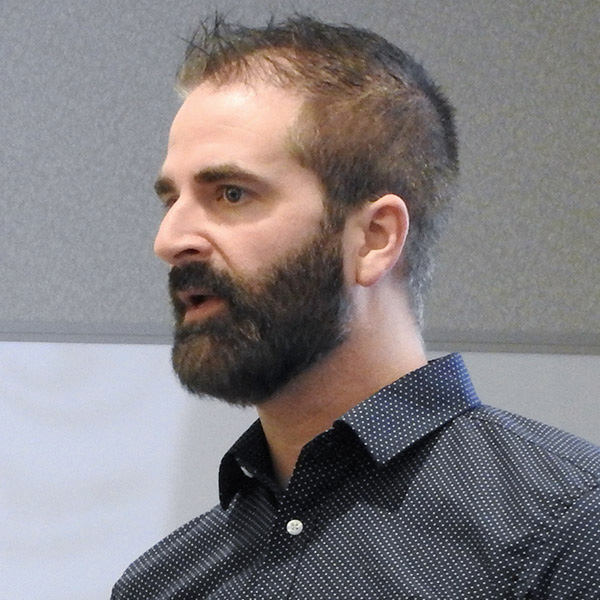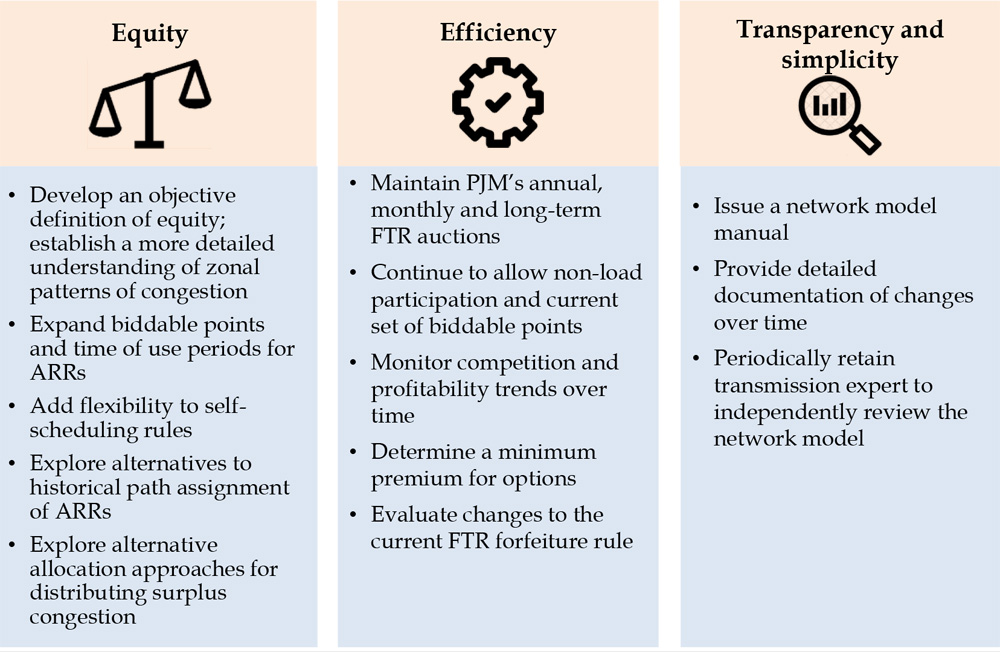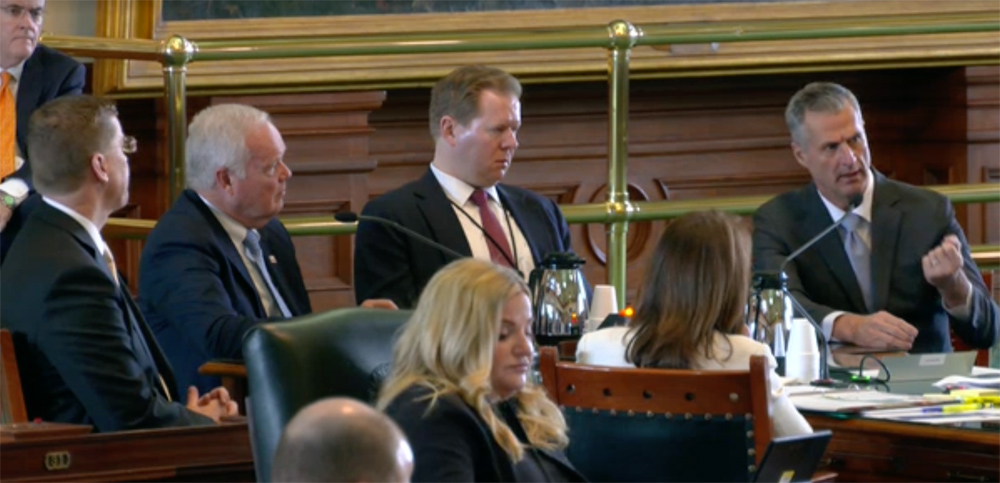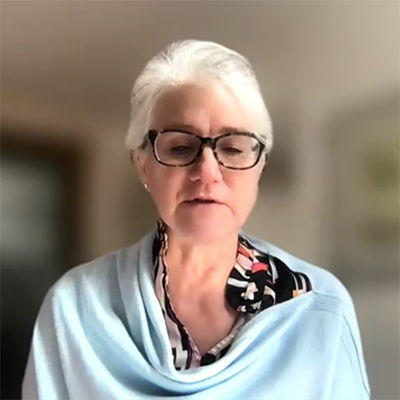Reliability Products and Services Assessment
PJM wants the Resource Adequacy Senior Task Force (RASTF) advance discussions to evaluate the RTO’s need for procuring additional reliability-based generation as more intermittent resources are integrated into the grid.
Chris Pilong and Alex Scheirer of PJM provided a first read at last week’s Operating Committee meeting of a proposed “initial direction” regarding reliability products and services required in the RASTF charter.
Pilong said stakeholders began looking at the list of generator “reliability attributes” at the beginning of the year, examining PJM’s renewable integration studies and papers to determine the recommendations for addressing potentially new reliability services and next steps in the process at the RASTF and other committees and task forces.

Pilong said stakeholders will discuss reactive capability and supply issues in the Reactive Power Compensation Task Force to make sure PJM is able to “utilize, measure and compensate the full reactive capability of synchronous and non-synchronous generators independent of their power output.” The issue also calls for discussions on the ability of all resources to follow voltage schedules and demonstrate performance.
From a regulation perspective, Pilong said, stakeholders recommend reviewing existing regulation market signals and considering future system needs as part of the regulation market redesign issue charge approved by the Market Implementation Committee. (See “RTO to Propose Review of Regulation Market,” PJM MIC Briefs: Nov. 3, 2021.)
“If the signals are going to be reviewed and looked at, we should be looking at what are the right signals for the future,” Pilong said.
Members recommended that the Energy Price Formation Senior Task Force consider how to value flexibility of generation within the existing or modified ancillary services, Pilong said, while another recommendation would have RASTF explore how to value fuel assurance for all resources that can be relied upon for “unexpected system conditions.”
Pilong said PJM and stakeholders may evaluate methods for data submission and review the existing penalty structure if data reporting requirements in PJM manuals are not followed. He said a potential problem statement and issue charge could be brought to the OC to examine manual language changes.
“We do see, in some instances, the data is not as accurate as we need it to be, especially as the fleet of inverter-based resources begins to grow,” Pilong said. “We really need to make sure we have accurate forecasts.”
Stakeholders will vote on the recommendations at the April 14 OC meeting.
UFLS Requirements Applicable to EKPC
Denise Foster Cronin of the East Kentucky Power Cooperative (EKPC) provided a first read of a problem statement and issue charge to appropriately document EKPC’s under frequency load shedding (UFLS) requirements in PJM.
Foster Cronin said EKPC is seeking stakeholder approval of limited PJM Operating Agreement, tariff and Manual 36 changes to document the UFLS.
The purpose of the UFLS requirement is to avoid an uncontrolled loss of load situation, Foster Cronin said, and the requirements establish a total percentage of load shed that must be achieved when the system frequency drops to a certain level to maintain the system.
All electric distributors must comply with the UFLS requirement established by their respective NERC region. When EKPC integrated into PJM in 2013, the cooperative was in the SERC region of the ERO.
Before EKPC’s integration, PJM’s OA documented a UFLS requirement for entities in the “PJM Mid-Atlantic Region,” the “PJM West Region” and the “PJM South Region.” But the OA was not changed with EKPC’s 2013 integration to incorporate the cooperative’s applicable UFLS requirement, and it wasn’t included in any of the regions.
In 2018, EKPC was added to the PJM West Region when the RTO worked with stakeholders to clarify the region definitions in its governing documents. However, other entities included in the PJM West Region are in the ERO’s ReliabilityFirst region, while EKPC remained in SERC, which has slightly different UFLS requirements.
Forster Cronin said a recent review of the region revisions “highlighted a potential confusion” of EKPC’s appropriate UFLS requirement. She said the oversight did not create a reliability problem or a “compliance vacuum” for the cooperative.
“There hasn’t been any gap with respect to the actual compliance and reliability,” Foster Cronin said.
Foster Cronin said EKPC has been working with PJM on the language correction issue.
The OC will be asked to approve the issue charge and endorse the proposed solution at the April meeting. The Markets and Reliability Committee and Members Committee will ultimately endorse and approve the solution and corresponding OA revisions.
“We’re hoping the committee agrees this is a pretty straightforward item and only impacts East Kentucky Power Cooperative,” Foster Cronin said.
Manual 1 Updates
Bilge Derin, PJM senior engineer, reviewed changes to Manual 1: Control Center and Data Exchange Requirements as a part of the periodic review.
Derin said the manual changes partially resulted from revisions in NERC standards CIP-012, COM-001 and EOP-008.
Minor changes were made throughout the manual, Derin said, including removing revision numbers from where NERC standards are referenced and replacing the term “member” with “PJM member” where applicable to keep the term uniform throughout the manuals.
In Section 2.5.6: Recovery Procedures, PJM clarified the loss of control center functionality procedures and documentation relating to EOP-008 and TO/TOP Matrix.
In Section 3.2.1.1: PJMNet Communications System, the language was clarified to ensure PJM is responsible for protecting all real-time assessment and real-time monitoring data through the PJMNet private network as the data is “in transit” between the PJM control centers and its routers. The RTO must also make sure all data is encrypted.
The committee will be asked to endorse the changes at its April meeting.
Manual Changes Endorsed
Several manual changes resulting from the periodic review were unanimously endorsed by stakeholders, including:
- Manual 12: Balancing Operations, with a review of the language that included changes to attachment references and other minor revisions.
- Manual 13: Emergency Operations, with a review of the language that added columns with winter values for estimated peak load and estimated load reduction in the voltage reduction summary table.
- Manual 37: Reliability Coordination, with a review of the language that corrected Silver Run Electric to properly show as a transmission owner in Attachment A of the manual.






